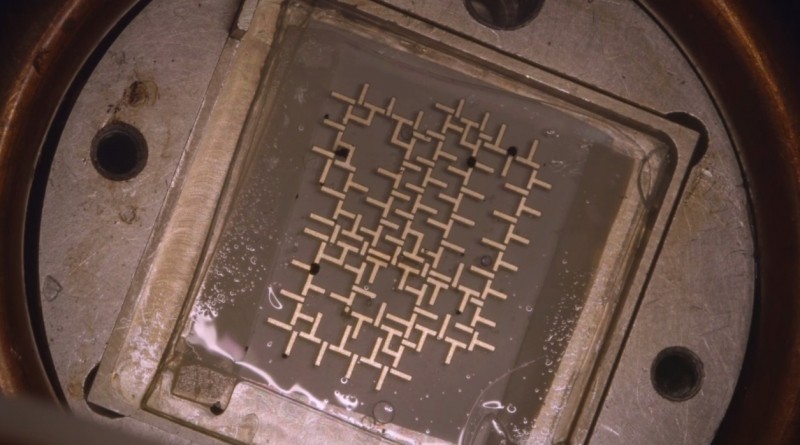Computers and water usually aren't a good combination but don't tell that to Manu Prakash, Stanford assistant professor of bioengineering. Along with his students, the researcher has developed a new type of synchronous computer that operates using water.
This new computer isn't designed to replace the digital / electronic computers we currently use to process information. Instead, Prakash notes, their goal was to build a computer that can precisely control and manipulate physical matter which is exactly what they did.
In layman's terms, their computer uses a series of small "T" and "I"-shaped iron bars which are strategically arranged between two pieces of glass. Next, they injected individual water drops containing tiny magnetic nanoparticles into the mix. The platform is then encased in a magnetic field which is used to manipulate the direction of the magnetized drops of liquid.
Georgios "Yorgos" Katsikis, the first author on the paper that was published in the current edition of Nature Physics, said they've demonstrated that they can make all the universal logic gates used in electronics simply by changing the layout of the iron bars.
Without digging too deep into the technical aspects of it all, the system is exceptionally scalable and has plenty of potential. Prakash said the most immediate application could involve turning the droplet computer into a chemistry and biology lab.
Best yet, Prakash is planning to make a tool for droplet circuits that'll be available to the public to experiment with.
